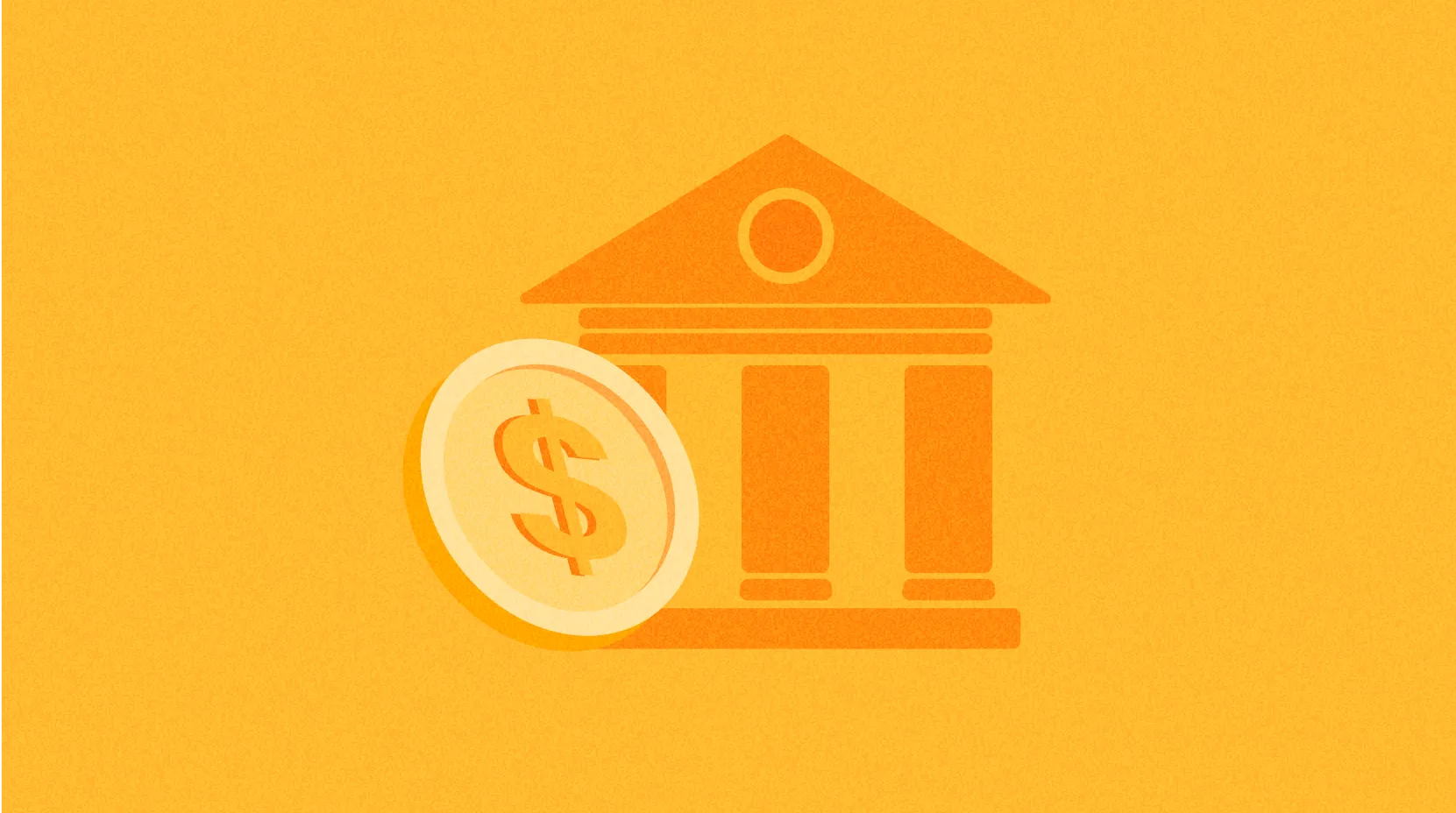RWAS

Real World Assets (RWA) refers to the process of tokenizing or digitizing traditional financial assets and bringing them into the blockchain and cryptocurrency ecosystem. These assets include bonds, real estate, artwork, commodities, stocks, and even intellectual property. Through blockchain technology, these physical assets can be fractioned into tradable digital tokens, making assets that might otherwise be illiquid or have high barriers to entry more accessible and tradable. The emergence of RWA signifies an accelerating convergence between traditional finance and blockchain technology, opening new possibilities for asset management, investment, and trading.
In terms of market impact, the tokenization of real-world assets is transforming how traditional financial markets operate. First, it significantly enhances asset liquidity, allowing investors to more easily buy and sell large-value assets that were previously difficult to divide. For example, a multi-million dollar property can be fractioned into thousands of tokens, each representing a small ownership stake in the property. Second, RWA lowers investment barriers, enabling retail investors to participate in investment opportunities previously reserved for institutions or high-net-worth individuals. Third, through the application of smart contracts, asset management, yield distribution, and trade settlement become more automated and transparent, reducing intermediary steps and associated costs. Currently, while the RWA market is relatively small, it's growing rapidly, with several major financial institutions beginning to explore and apply blockchain technology to tokenize traditional assets.
Despite the numerous potential advantages of RWA, it faces a series of risks and challenges. Foremost is the issue of regulatory compliance, as legal frameworks for asset tokenization remain incomplete or differ across countries and regions, potentially leading to legal risks. Second is the challenge of connecting on-chain and off-chain assets, specifically how to ensure reliable correspondence between digital tokens and physical assets, and how to handle rights protection when physical assets change or are damaged. Additionally, security risks cannot be ignored, as smart contract vulnerabilities, private key loss, or theft can result in investor asset losses. Finally, market acceptance and liquidity issues pose challenges as well, with many RWA projects still in early stages, limited trading volume and liquidity, and potentially imperfect price discovery mechanisms.
Looking ahead, the field of real-world asset tokenization is poised for rapid development. As regulatory frameworks gradually improve, more traditional financial institutions may enter this space, bringing larger-scale assets on-chain. Technologically, improvements in cross-chain interoperability will allow RWAs to circulate across different blockchain networks, expanding their application scope. We may also see more innovative hybrid financial products emerging that combine the advantages of traditional financial instruments with blockchain technology. Institutional investor participation is expected to increase, bringing more liquidity and stability to the market. As infrastructure improves and user experience enhances, RWAs may gradually evolve from a niche market primarily serving cryptocurrency enthusiasts to becoming an important component of the mainstream financial system, achieving deep integration between traditional finance and the blockchain world.
Share
Related Articles

In-depth Explanation of Yala: Building a Modular DeFi Yield Aggregator with $YU Stablecoin as a Medium

Sui: How are users leveraging its speed, security, & scalability?
